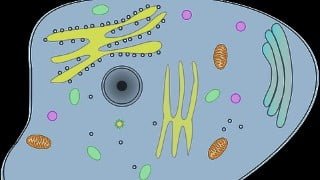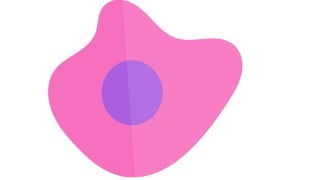Developmental stages of the foetus
Learn about the reproductive system, fertilization, and developmental stages of the fetus. Understand the importance of zygote formation and the journey to implantation in the uterus. This beginner-friendly course is also suitable for experts in the field.
What you’ll learn
- The reproductive system
- Fertilization of the ovum by the sperm
- Developmental stages of the fetus
- Birth of the neonate
A zygote, also known as a fertilized ovum or fertilized egg, is the union of a sperm cell and an egg cell. The zygote begins as a single cell but divides rapidly in the days following fertilization. The zygote’s single cell contains all of the 46 necessary chromosomes, getting 23 from the sperm and 23 from the egg. The zygote phase is brief, lasting only about four days. Around the fifth day, the mass of cells becomes known as a blastocyst. The embryo develops from the blastocyst. In order for reproduction to take place, a single sperm cell must penetrate the outer surface of an egg in a process known as fertilization. During a healthy reproductive cycle, a single egg cell is released from the follicle into the fallopian tube at ovulation.
If sperm are present, thousands will attempt to penetrate this single egg cell. Once a single sperm has broken through the outer surface, a zygote is formed. Chemical changes in the surface of the egg prevent other sperm from entering. Zygotes divide through a process known as mitosis, in which each cell doubles (one cell becomes two, two becomes four, and so on). This two-week stage is known as the germinal period of development and covers the time of fertilization (also called conception) to the implantation of the blastocyst in the uterus.
The sperm cell contains paternal genetic information while the egg cell contains maternal genetic information. Because each cell contains half of the genetic material, each cell is known as a haploid cell. When these two haploid cells join, they form a single diploid cell that contains all necessary chromosomes.
The zygote then travels down the fallopian tube to the uterus. As it travels, its cells rapidly divide and it becomes a blastocyst. Once in the uterus, the blastocyst must implant in the lining in order to obtain the nourishment it needs to grow and survive.
The embryonic period of development lasts from two weeks after conception through the eighth week, during which time the organism is known as an embryo
Who this course is for:
- Beginner
- Expert
User Reviews
Be the first to review “Developmental stages of the foetus”
You must be logged in to post a review.







There are no reviews yet.